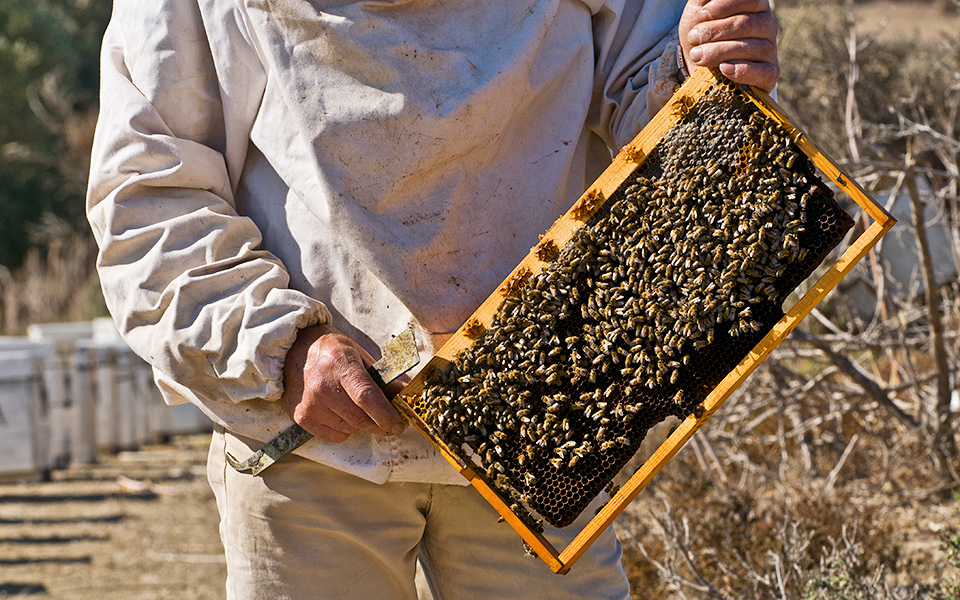OH HONEY!
It is said that Hippocrates regarded honey highly and would prescribe a spoonful a day for curative purposes. Today, the people of Kos use it in abundance, cooking with it and applying generous helpings to traditional katimeria (the local name for loukoumades, the Greek dough fritters), baklava and pasteli, also known as sesame brittle. There are about 50 families in the honey business, producing some 200 tons in total, and there’s no doubt that their honey is made even more delectable thanks to the thyme and the wildflowers that thrive across the island.
WHERE TO FIND IT
Melissa: Antonis Drossos, who comes from a long line of beekeepers, started his company “Melissa” together with his wife Dionysia Anthouli in 2009. They own 500 hives and produce up to 8-10 tons a year. In addition to pine, heather and thyme honey, the company also sells pollen, royal jelly and honey wine, the last made in cooperation with a local winery. Their beeswax is used in natural scented candles and in rich creams to treat dry skin and soothe burns. Their factory is open to the public, and there’s a small traditional cafe right next door that serves tasty treats from early in the morning. {Kefalos-Kos Road, Kefalos, Tel. (+30) 22420.722.60}
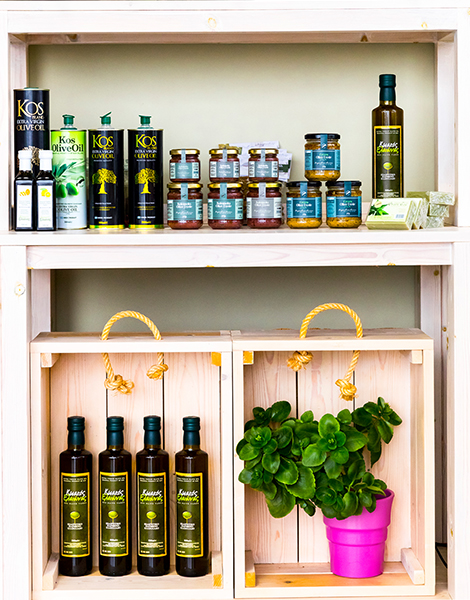
© Dionysis Kouris

© Dionysis Kouris
SMALL OLIVE GROVES, GREAT OLIVE OIL
The terraced olive groves on Kos reach altitudes of 300 meters. The most common variety cultivated is Koroneiki and, together with the local Throumba, produces an annual yield of about 600 tons, depending on the year. Throumba is a wrinkled olive that matures so well you can eat it straight off the branch. The harvest begins in mid-October and lasts until the end of January; the oil is extracted at one of the three surviving mills from what was once a total of 20. The mill owner is customarily given a percentage of the yield as payment.
WHERE TO FIND IT
Koakos Eeonas: The third generation of the Papadimitriou family is running the old mill near Zipari. In addition to the oil produced for other olive farmers, the family has its own extra virgin olive oil brand from its own groves. The Koakos Eleonas (Kos Olive Yards) shop, located next to the mill, also hosts tasting seminars. (7th km of the Kos-Kefalos Road, Zipari, Tel. (+30) 22420.692.44)
Hatzipetros Olive Oil: Dimosthenis Hatzipetros started working at his father’s mill in Linopoti back when he was a teenager. Today, the mill serves some 1,000 growers, producing around 350 tons of olive oil. Ιt also welcomes visitors; from mid-October to late January, you can see the production process. At other times, join an organized tasting and tour, which includes a screening of a video showing how oil is made. The olive oil produced at the modern facility is sold under the brand name Hatzipetros in Kos, Rhodes, Nissyros and Kalymnos. (Kos-Kefalos Road, Linopoti, Tel. (+30) 22420.695.28)
SALT OF THE EARTH
If you’re in the area of Tigaki, it’s worth visiting the old salt flats, active until 1989. An Italian firm bought the rights to the lagoon back in 1930 and built the still-visible 150m rail line that loaded salt onto ships. In their heyday in the early 1980s, the flats produced up to 3,500 tons a year.
Haralambos Hatzipetros, who worked here for around 20 years and is perhaps the last surviving worker, remembers: “There were about 12 or 14 of us cultivating and harvesting the salt. Every August, you would see us shoveling away on a mountain of the stuff. Our working lunch usually consisted of a few figs, grapes and tomatoes, which we’d eat with thick, glossy salt – just a sprinkle was enough to give tons of flavor.”
The lagoon is a protected area, a rich wetland that hosts a plethora of migratory birds, including flamingoes and herons, throughout the winter and into mid-spring feeding in its shallow, nutrient-rich waters.
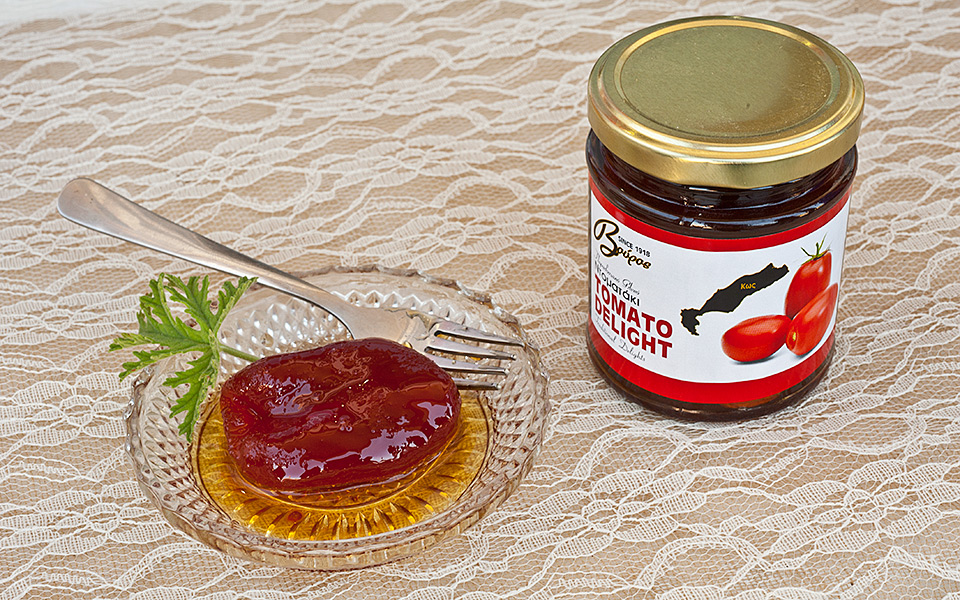
© Clairy Moustafelou
TOMATO: SWEETNESS IN A JAR
When the Italians occupied Kos back in the early 20th century, they introduced a long and thin tomato variety known as vergaki, or stick. With a thick flesh and little juice, vergaki was regarded as ideal for both tomato paste and spoon sweets, and for a time, the island had as many as eight factories processing this crop. The last one closed more than half a century ago, but Kos continues to produce these lovely tomatoes, mainly for sweet preserves.
WHERE TO FIND IT
Vouros: This traditional sweet shop has been around for a century and is famous for its sweet tomato preserve, sold all over the island and around Greece. The tomatoes are hand-picked and the sweet is made from June to August, with yields reaching 10-15 tons in a good year. (Limni Pyliou, Tel. (+30) 22420.412.75)
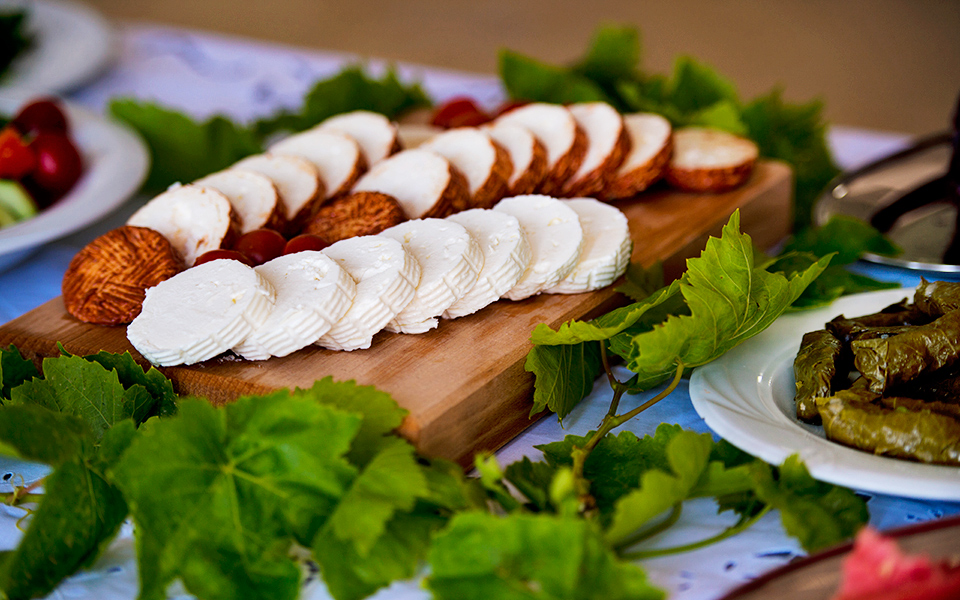
© Clairy Moustafellou
“DRUNKEN” CHEESE
Since antiquity, cheese has been preserved in oil, but when Kos at some point in the past experienced a shortage of olive oil in conjunction with an abundance of wine, the local dairy farmers tried storing their cheese in wine instead. The experiment worked, and today we can still find this type of cheese, known as krasotyri (or wine cheese), all over the island. The simple yet successful production method involves adding wine sediment to the brine in which the cheese is aged, imbuing it with a distinct winey flavor that makes it a perfect match with fruits such as watermelon. Krasotyri from Kos has become so successful that it is in the process of being granted protected geographical indication.
WHERE TO FIND IT
Giannos Dairy: The Giannos family has been making yogurt and a selection of cheeses, including krasotyri, since 1997. The blend of sheep’s and goat’s milk used in its production comes exclusively from certified local farmers, and its manufacture is a laborious process done entirely by hand, from putting the cheese in special molds all the way to straining. In fact, the work needed to create the 25 tons of krasotyri that the dairy produces annually would probably make 300 tons of ordinary white cheese, explains third-generation cheese-maker Panagiotis Giannos, who now runs the business. The family’s krasotyri is sold at the dairy and at selected supermarkets and delis around Greece, and the company recently started exporting to the rest of Europe and the United States. (Pyli, Tel. (+30) 22420.413.98)
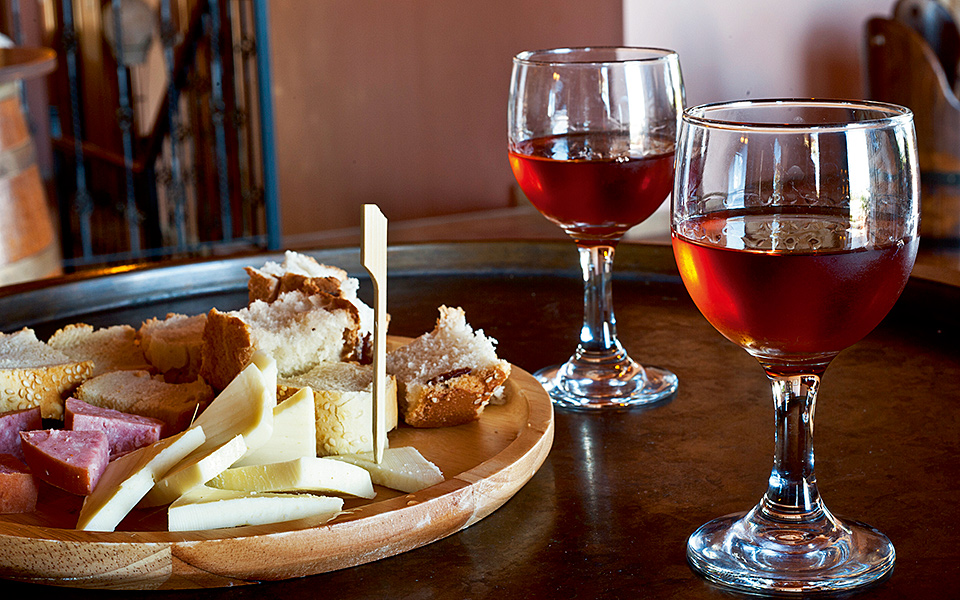
© Clairy Moustafellou
PROMISING WINES
Archaeological finds ranging from coins to amphorae have revealed the importance of wine commerce in ancient Kos – Hippocrates himself advised the islanders to drink dry, tart red wine. The island’s vineyards have been cultivated continuously for centuries, even during the Italian occupation, when the grapes were all shipped to the CAIR winery on Rhodes. Viniculture experienced a slump in the 1960s, but has now made a comeback – there are six units making wine with protected geographical indication status, two of which are open to the public.
WHERE TO FIND IT
Triantafyllopoulos Vineyards:
The Triantafyllopoulos family cultivates Greek varieties Malagousia, Athiri and Assyrtiko along with Merlot, Syrah, Chardonnay and Cabernet Sauvignon, producing lovely wines, some of which have received international distinctions. This elegant winery receives 40,000-45,000 visitors annually and its tour takes in the production facilities and the reception area, complete with a conference center and a permanent exhibition of works by Greek painters. There is a tasting room and a beautiful garden with a view of the vineyard and the sea. (Zipari, Tel. (+30) 22240.698.60)
Hatziemmanouil Winery:
Vassilis Hatziemmanouil, a third-generation winemaker, took over the reins in 2000, planting new vineyards and opening a state-of-the-art winery. He grows Malagousia, Assyrtiko, Cabernet Sauvignon, Grenache Rouge and Syrah, blends of which produce seven different wines, some of them award-winners. The winery overlooks the vineyards, and visitors can explore them during tours of the facility and the cellar. (Kos-Kefalos Road, Linopoti, Tel. (+30) 22420.688.88)
Mesariano Organic Winery:
Known as Mesariano after its signature selection, this small winery is owned by the Mores family. It produces a wonderful, single-variety organic wine using Cabernet Sauvignon grapes and, as winemaker Nikos Mores says, “a touch of sulfur and the sun.” The wine is certainly worth trying, and visitors can drop by the winery, although it isn’t fully equipped yet to receive guests. (5th km of the Kos-Choria Road, Tel. (+30) 22420.259.71, 697.277.7047)
“The island’s vineyards have been cultivated continuously for centuries, even during the Italian occupation, when the grapes were all shipped to the CAIR winery on Rhodes.”

